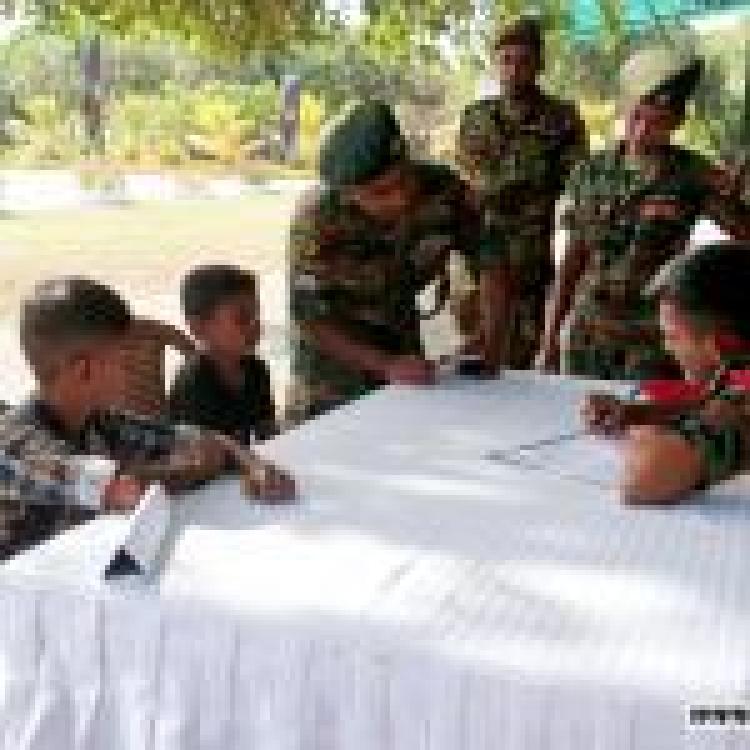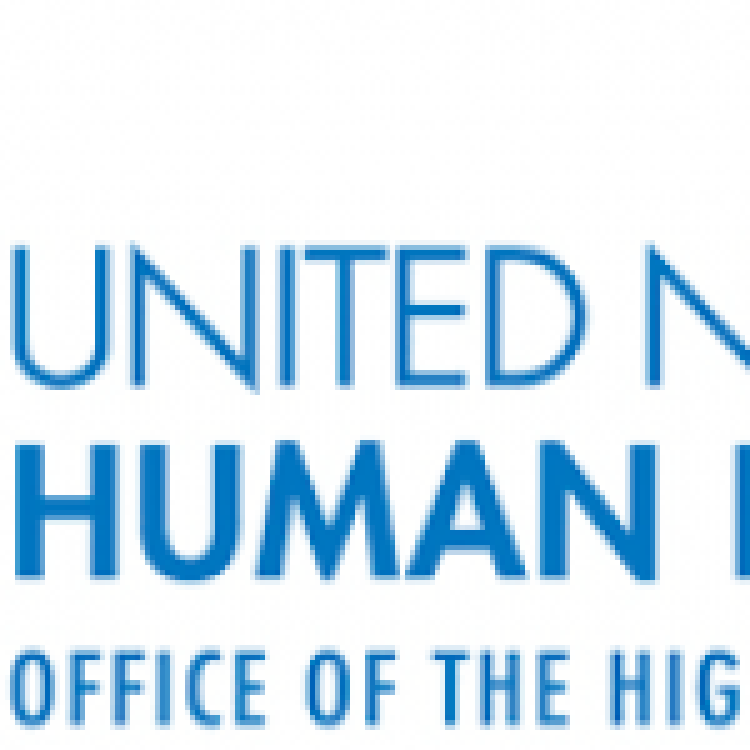![]()
A Sri Lankan lawmaker has admitted that the island is one of the most militarised places in the world, as the government continued to spend huge amounts on the defence sector despite an economic crisis.
“For every 100 citizens, we have 1.5 soldiers,” Eran Wickramaratne of the Samagi Jana Balavegaya (SJB) told Sri Lanka’s parliament. “We are among the top 10 countries with the highest number of soldiers per 100 civilians.”
“In 2022 we spent 4 percent on education, 5 percent on health and 7 percent of GDP on defence,” he claimed. “Around 60 percent of this sum is for wages.”
What Wickramaratne did not mention is that the majority of those troops are disproportionately stationed across the Tamil North-East.
A 2017 report by the Adayaalam Centre for Policy Research (ACPR) and People for Equality and Relief in Lanka (PEARL), found that there was at least one Sri Lankan soldier for every two civilians living in the Mullaitivu.
The Sri Lankan military has been credibly accused of committing war crimes, during the culmination of the genocide in 2009 with the Mullivaikkal massacre, in which tens of thousands of Tamils were massacred.
Despite such criticism, the military has been ramping up its militarisation of the North-East since 2009, entrenching itself in every facet of North-East civil society. Military-run schools, businesses, resorts, and factories are ever-present across the North-East and have been decried for fostering a culture of fear and surveillance amongst Tamils.

The military is involved in all aspects of life in the Northeast and has faced years of protest from the Tamil community calling for its removal.
The sheer size of the Sri Lankan military is staggering; in 2018, the World Bank estimated there were 317,000 service personnel in the country, twice the size of the UK’s regular forces. The presence of the military and deliberate underfunding of the North-East has left the local population unable to adapt to the ongoing impacts of climate change.




